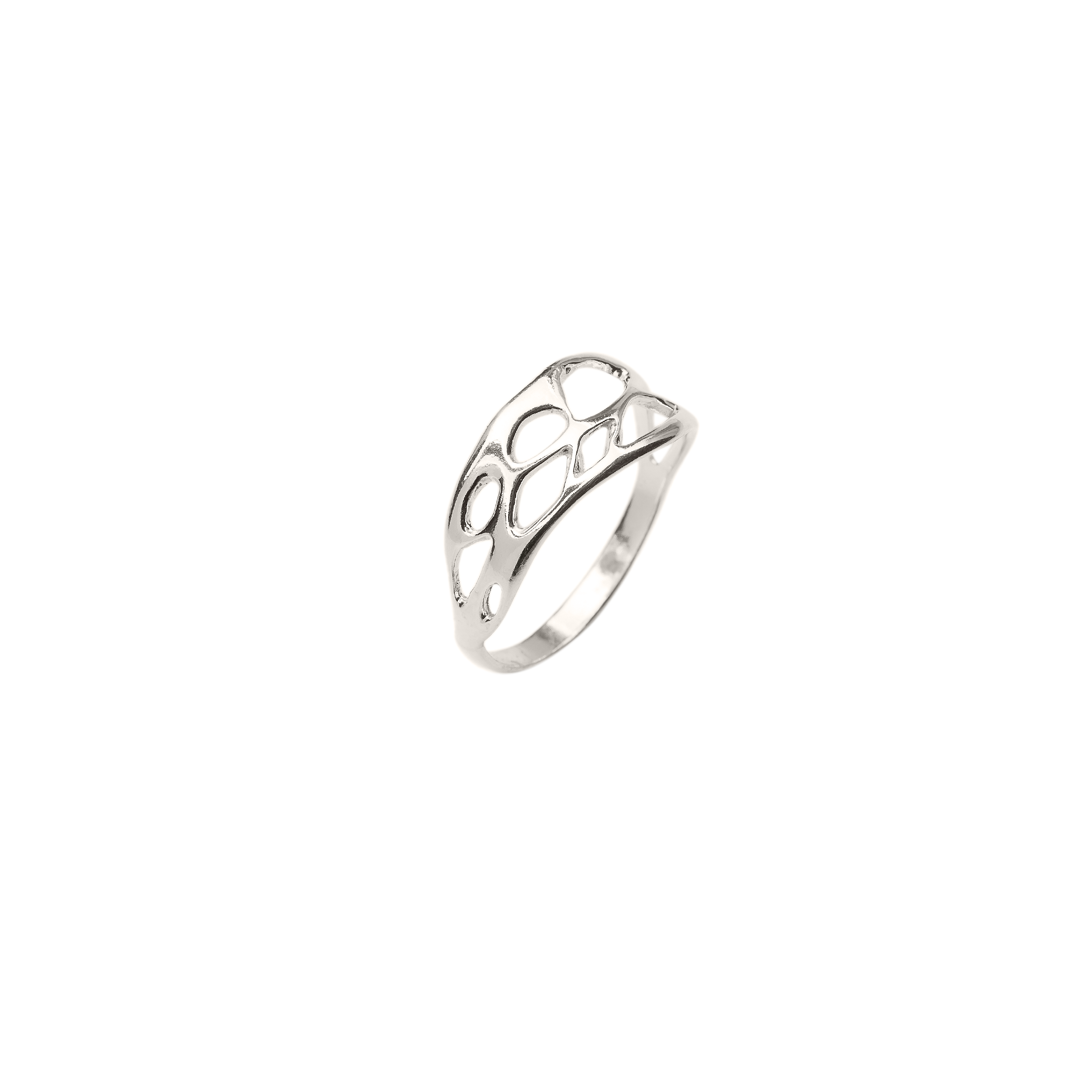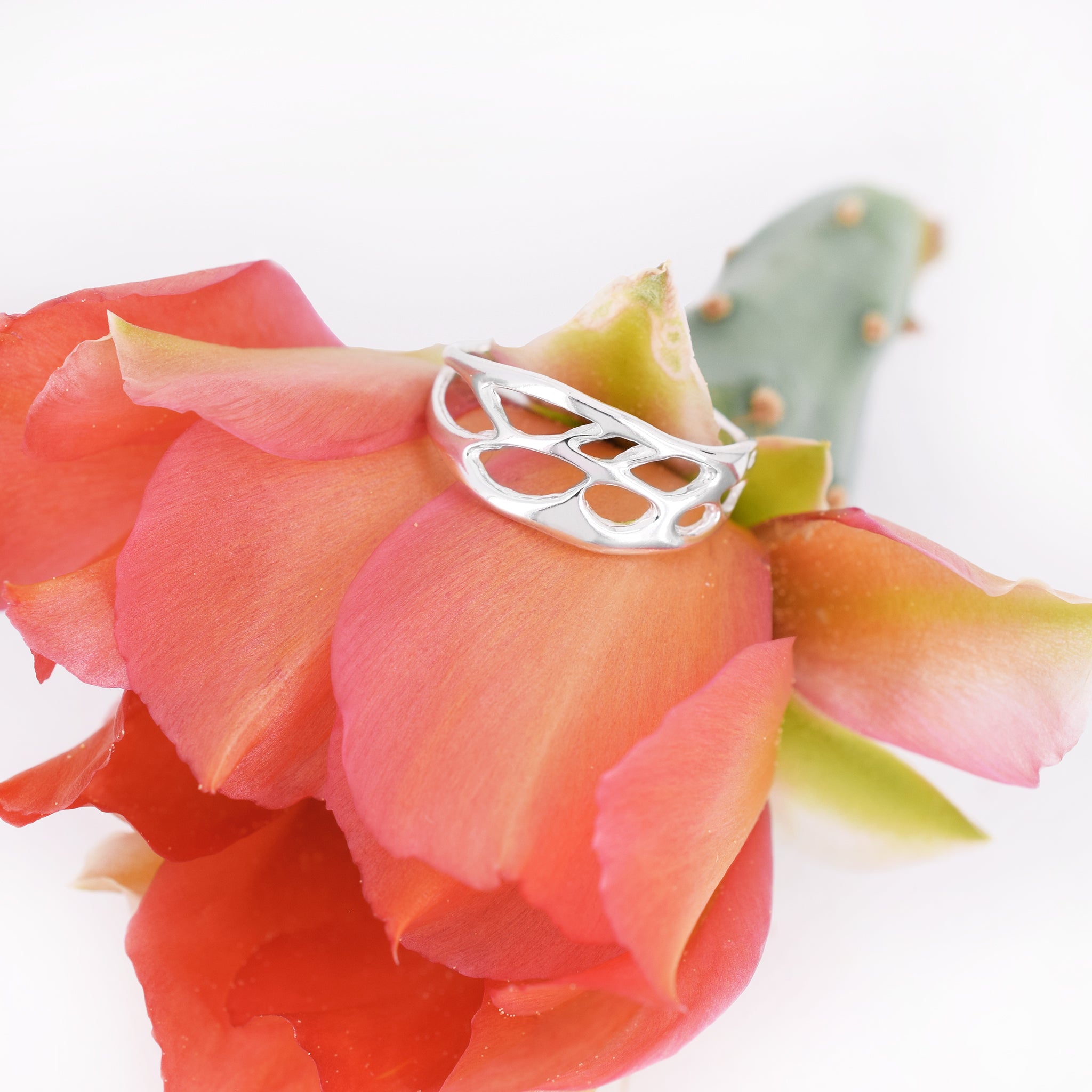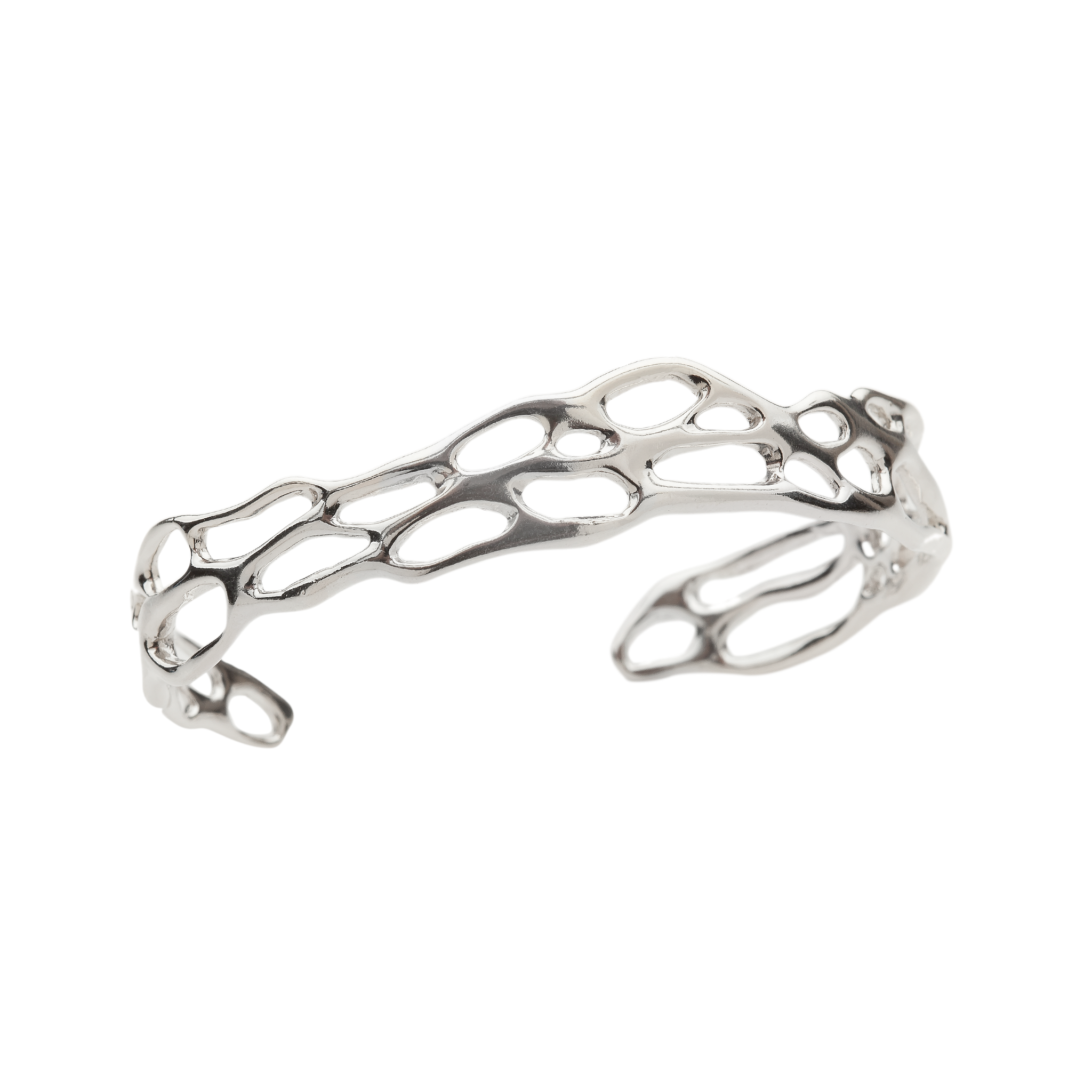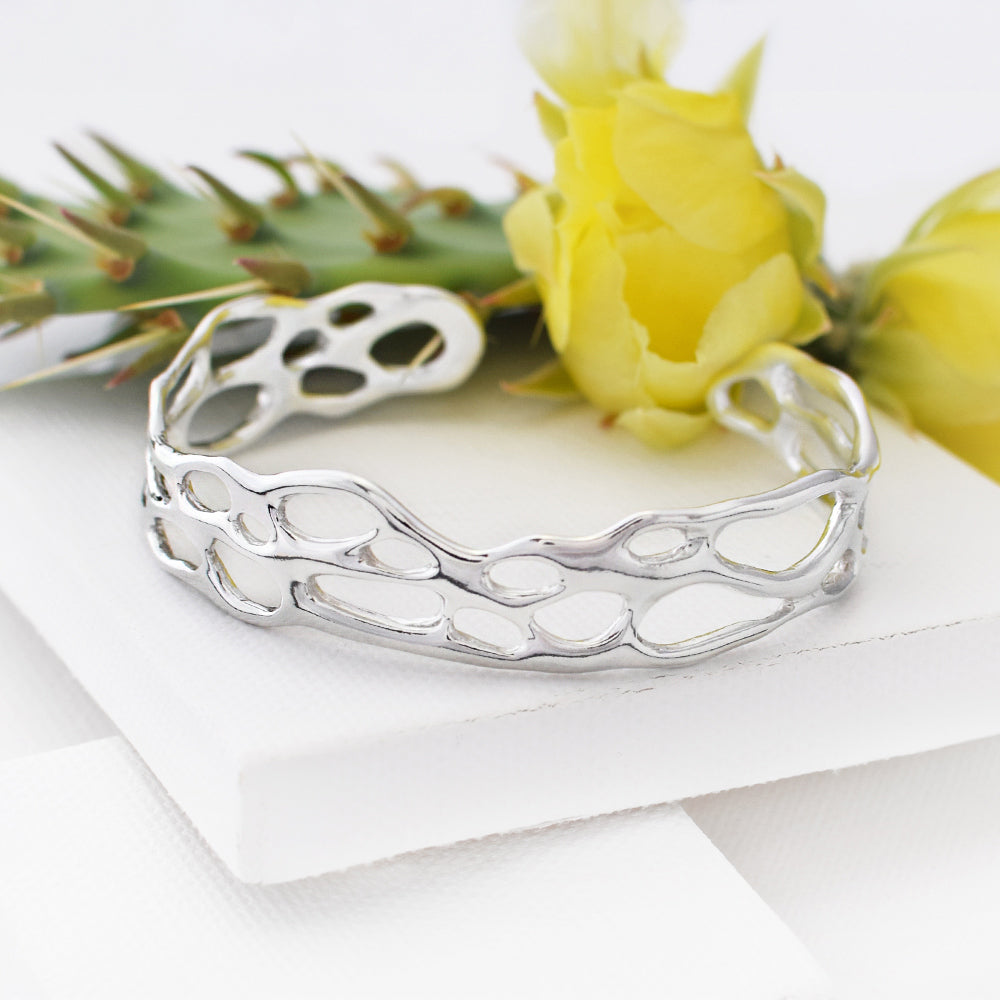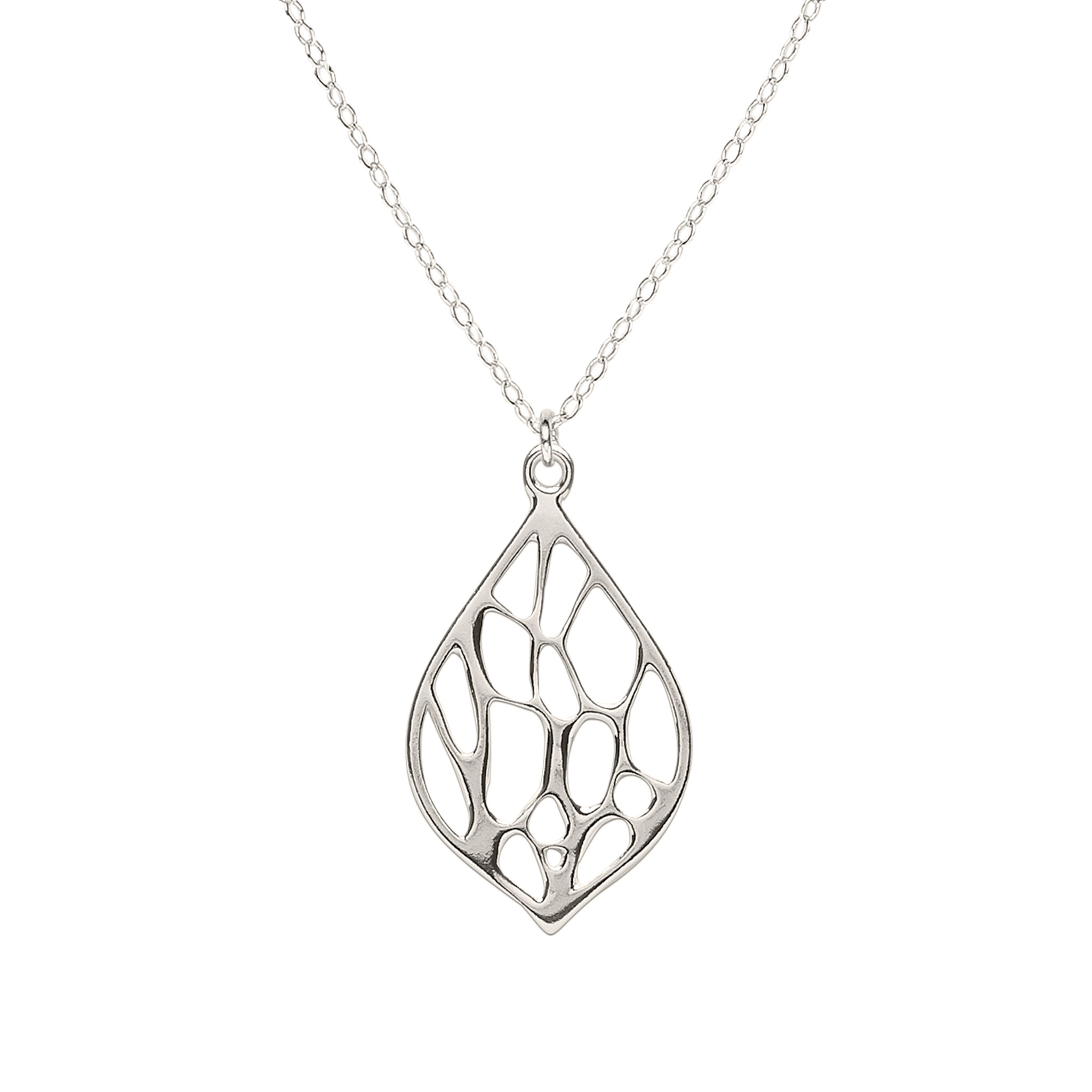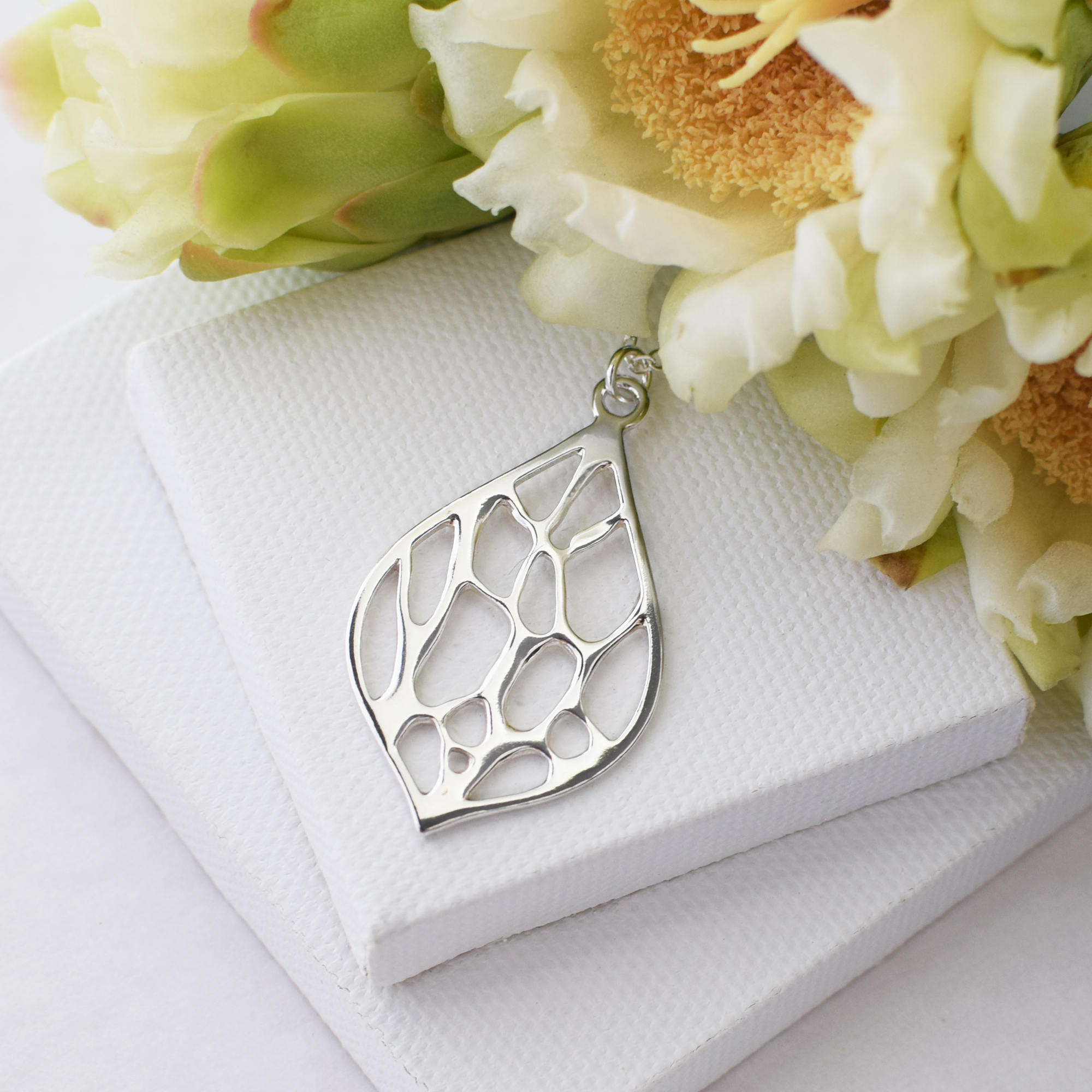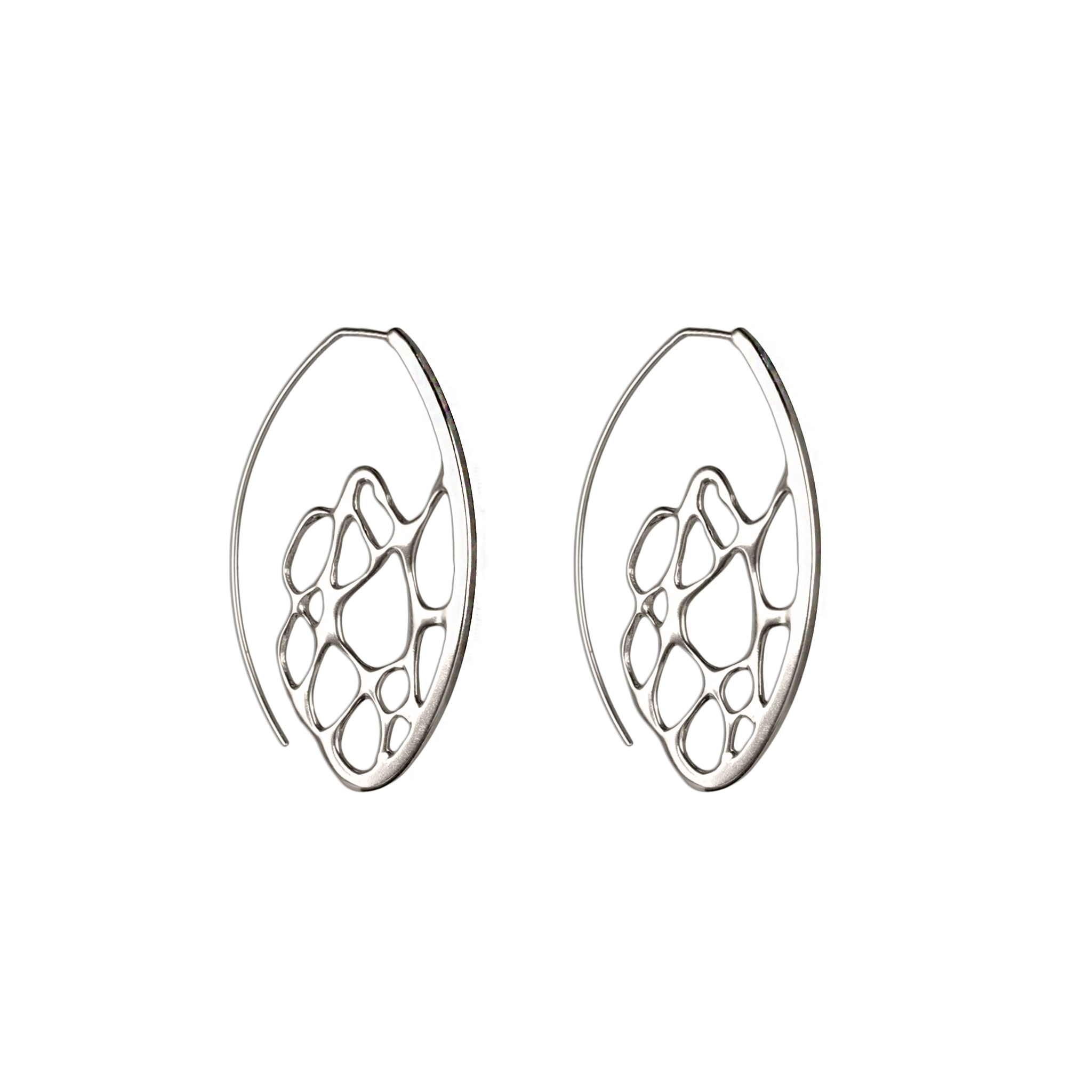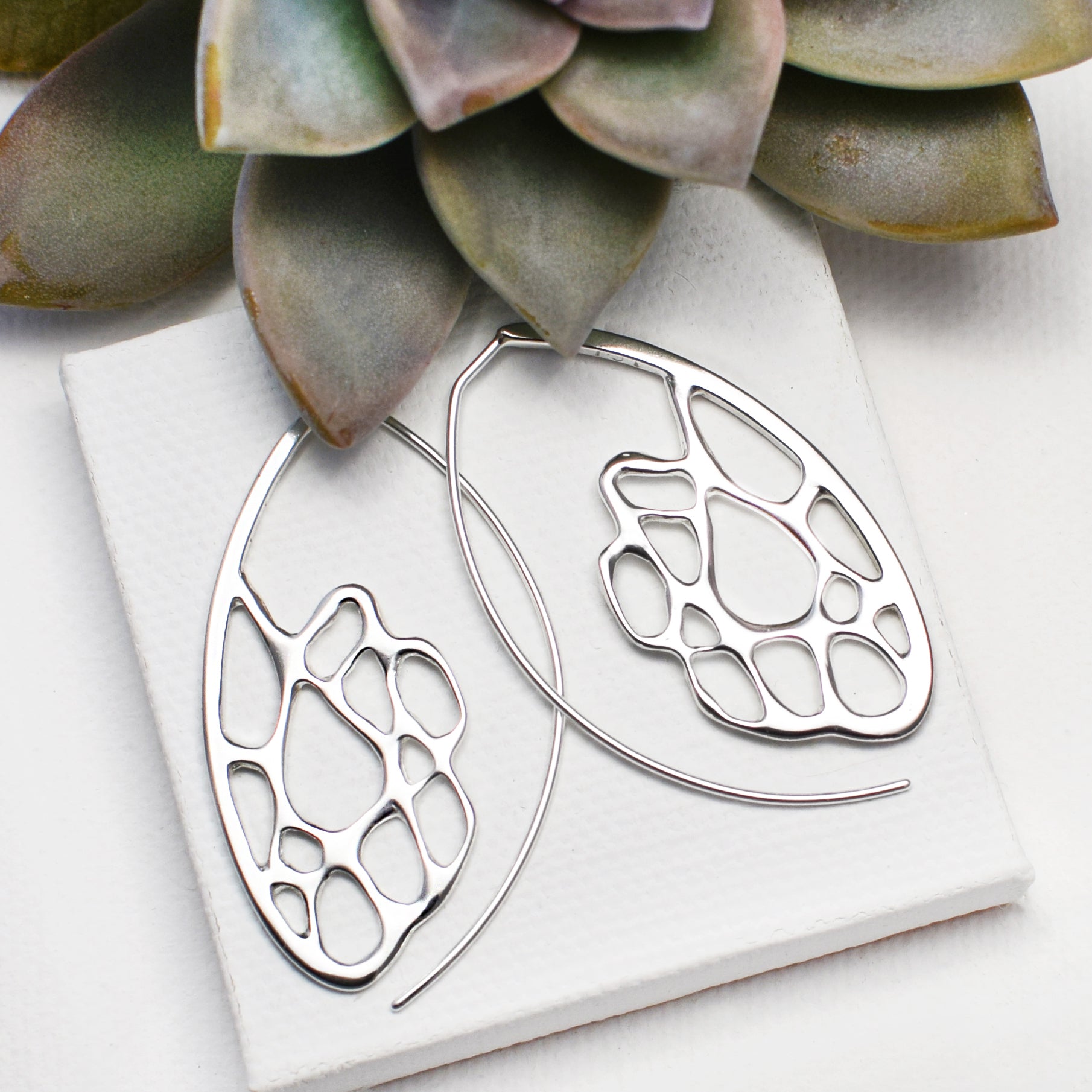I have fallen in love with moissanite. You’ll notice that I choose moissanite in any of my designs that I want to use a white, sparkling gemstone, like the Cactus Solitaire Ring, or the oxidized silver and gold pieces I sell at art festivals.
Let’s be honest – the age-old allure of diamonds has always captivated hearts. However, moissanite has gained increasing recognition for its beauty, brilliance, and affordability. Moissanite, a lab-created gemstone, has been embraced worldwide for its stunning visual appeal and ethical advantages over traditional diamonds. In fact, it’s become the darling of the bridal industry because it’s such a viable alternative to diamonds. I hope to shed light on why this gemstone is becoming a preferred choice for those seeking elegance without compromise, and why I personally love moissanite.
What is Moissanite?
Moissanite does actually exist in nature! Moissanite is a rare and naturally occurring mineral that was first discovered in 1893 by French chemist Henri Moissan in a meteor crater in Arizona. It is composed of silicon carbide and is known for its remarkable brilliance and fire, which refers to its ability to disperse light into spectral (or rainbow) colors - which just means it sparkles! Because it is extremely rare, moissanite is now primarily produced in laboratories. To create a lab-grown Moissanite, the same high-pressure, high-temperature conditions that occur in nature are replicated in order to grow the crystals. The crystals are then cut into gemstones, just like diamonds and other precious gems.
Exquisite Beauty
Moissanite is a gemstone renowned for its exceptional brilliance, fire, and sparkle. In fact, it's often more “sparkly” than diamonds! This is due to its superior refractive index, which means that moissanite disperses light more effectively, resulting in a display of rainbow-like colors when exposed to light. Whether it's in a handmade solitaire engagement ring or a pair of dangle leaf earrings, moissanite jewelry effortlessly captures and reflects light, creating a mesmerizing play of colors that is sure to turn heads.
Eco-Friendly & Ethical Choice
The biggest reasons I choose moissanite are because the gems are eco-friendly and ethical. The smaller ethical and environmental footprint is one of the most significant advantages of moissanite over diamonds. Unlike diamonds, which are often mined under questionable circumstances and are associated with environmental degradation, moissanite is created in a lab. This means that it is produced in controlled environments using sustainable practices, minimizing the negative impact on ecosystems and local communities. By opting for moissanite, you can proudly wear a stunning gemstone without contributing to the issues associated with diamond mining. Since my brand is inspired by nature, decreased impact on the environment is extremely important to me!
I’m sure you’ve heard about conflict diamonds, also known as "blood diamonds," which are sourced from regions plagued by violence and human rights abuses. Even if you choose a conflict free diamond it does not ensure safe and responsible labor practices. Moissanite's lab-created nature eliminates any risk of being associated with conflict or unethical practices. By choosing moissanite, you are making a conscious decision to support a more ethical and responsible choice for your jewelry.
Affordability Without Compromise
Diamonds have long been associated with luxury, but the expense associated with that luxury is a concern for many buyers. Moissanite offers a brilliant alternative that doesn't compromise on quality or appearance while being considerably more affordable. With moissanite jewelry, you can enjoy a dazzling sparkle and elegance at a more affordable price.
Durability and Hardness
Durability is a big consideration when choosing a gemstone for everyday handmade jewelry. Moissanite ranks a 9.25 on the Mohs scale of hardness, making it highly resistant to scratches and damage. For perspective, moissanite ranks higher on the Mohs scale than ruby and sapphire, and only diamonds rank higher than moissanite. This durability ensures that moissanite jewelry maintains its brilliance and beauty even after years of wear, making it an excellent option for engagement rings and other graceful pieces that are meant to be worn daily.
Color and Clarity Options
While diamonds are graded based on the 4Cs – cut, color, clarity, and carat weight – moissanite offers a unique advantage in terms of color and clarity consistency. As I like to say, “they’re always perfect!” Natural diamonds come in a range of colors and clarities, which can significantly impact their price. Moissanite, on the other hand, is created to have consistent color and clarity, ensuring that you get the exact aesthetic you desire without the premium associated with specific diamond characteristics.
Unique Brilliance
One of the most remarkable features of moissanite is its exceptional fire, which, as mentioned above, refers to moissanite’s ability to disperse white light into spectral colors. This means that when light hits your gemstone, it refracts through the stone and you see a prism of colors. This unique characteristic is due to moissanite's higher refractive index compared to diamonds. Moissanite will never lose its fire, making it the perfect choice for handmade heirloom jewelry.
What moissanite do I choose?
Moissanite comes in two “color” options: colorless and near colorless. Colorless is sometimes referred to as DEF, which is the highest, or colorless, grade (similar to a diamond rated DEF). They have no visible color in the stone, but still display gorgeous brilliance. Near colorless is referred to GHI, and is just slightly less colorless, sometimes with a very slight yellow hue. With the size moissanite I use, it’s very difficult to see the difference under normal lighting with the naked eye. However, I do still have my preferences! I like to use Colorless DEF in yellow gold pieces, so you have a sparkling white gem next to the gold metal. On the other hand I choose Near Colorless GHI in silver or white gold so the gem has more presence against the white metal.
Obviously, I think moissanite is a wonderful alternative to diamonds, with its stunning beauty, ethical advantages, and relative affordability. Its exceptional brilliance, eco-friendly origins, and unique fire make it a gemstone that stands out in a crowd. Moissanite offers a compelling option that combines elegance with responsibility. Whether you're shopping for an engagement ring, a handmade necklace, or a pair of dangle earrings, consider the option of moissanite – a gemstone that truly sparkles with brilliance and integrity.
